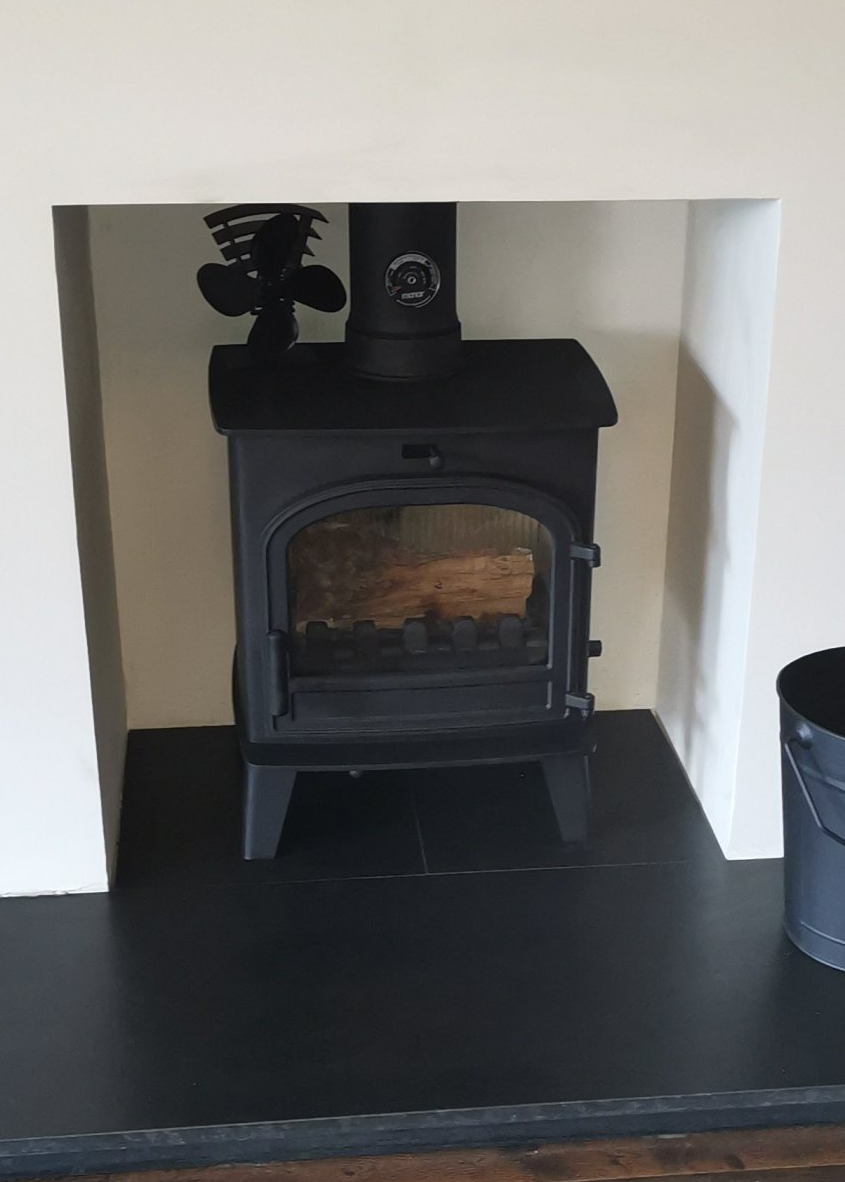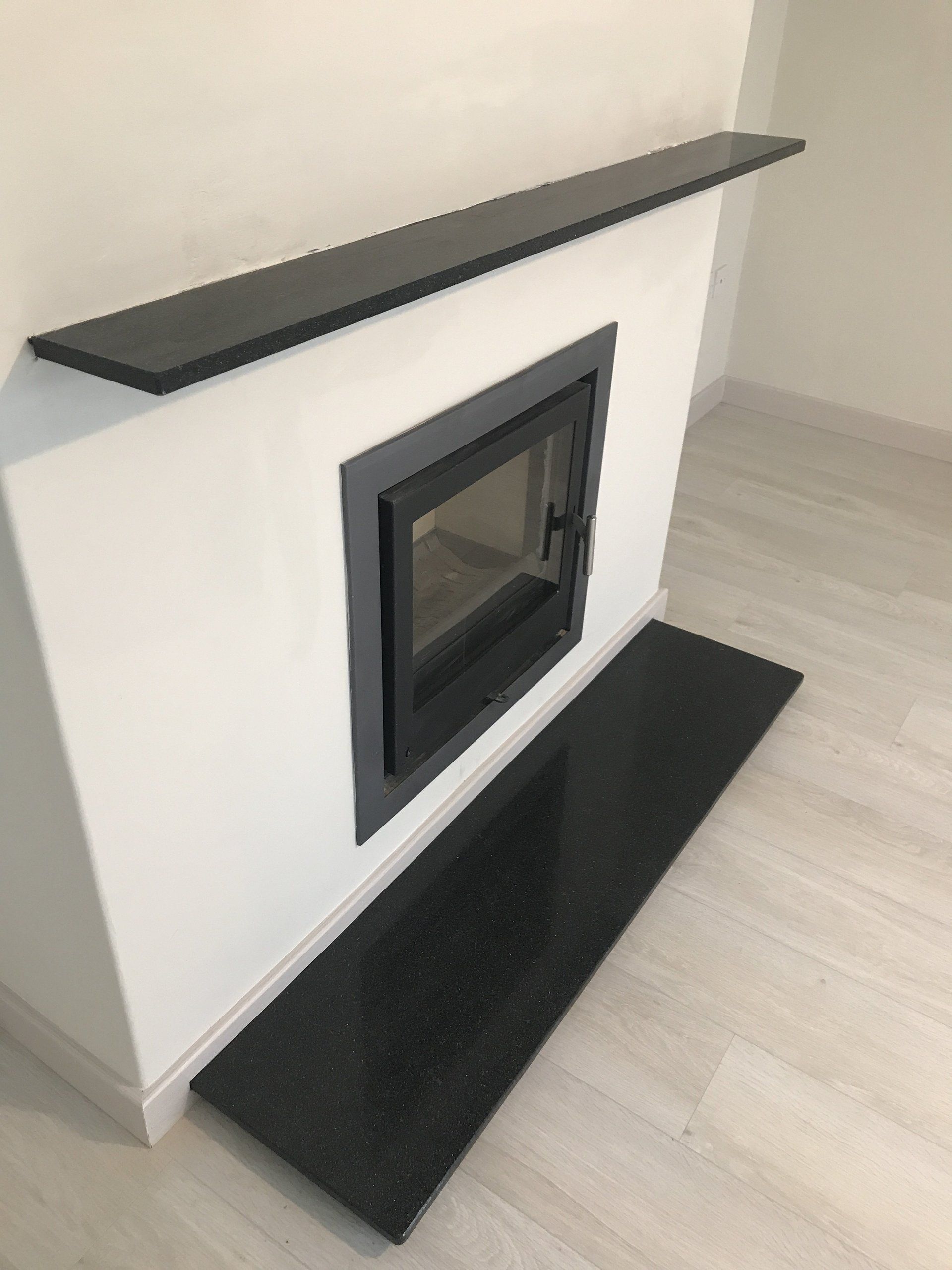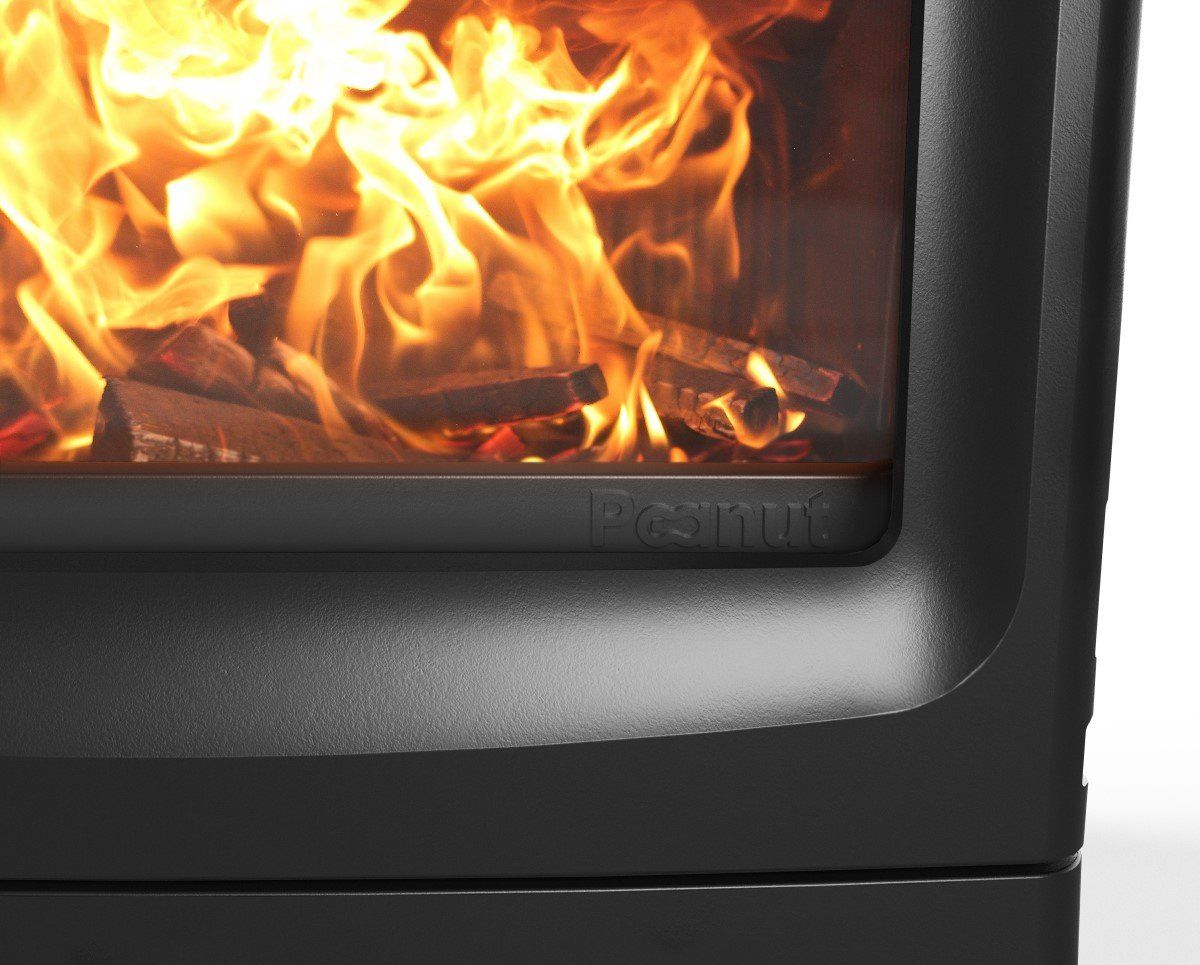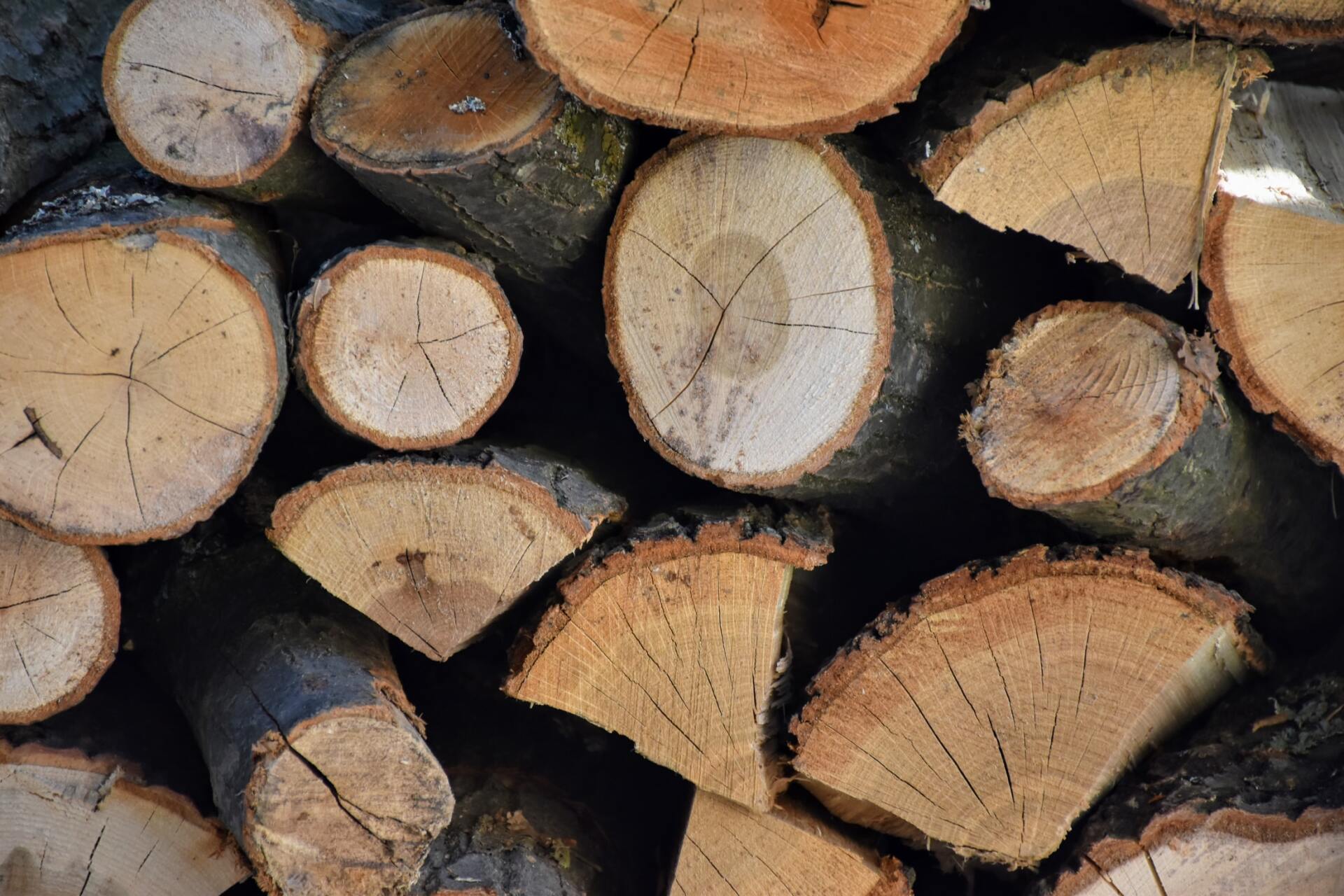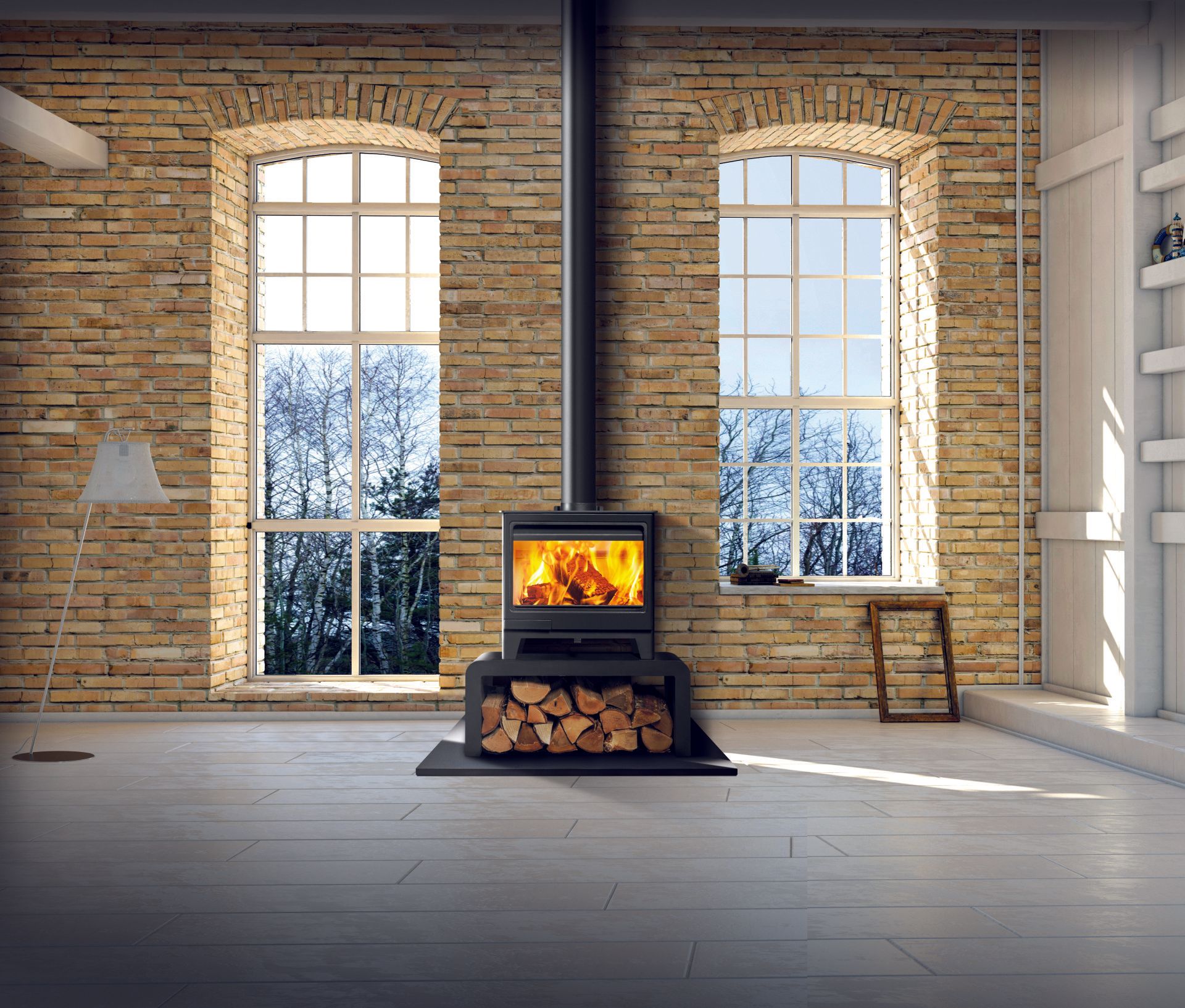How to care for Granite
Before you start cleaning your granite, you need to know which type of finished you have as this changes the types of products you can use slightly.
POLISHED GRANITE
Polished Granite has a glossy finish and polishes designed specifically for granite can be used on this product.
HONED GRANITE
Honed Granite is has a dull, matt finish. DO NOT use any type of polish on honed granite as it will turn it into polished granite giving it a glossy finish.
Quick Cleaning
Quick cleaning methods:
- ·Dust Granite with a non-abrasive cloth:
This can be done dry or wet.
If using a wet cloth, dampen with water, and gently wipe. Pat limestone dry with a non-abrasive cloth/towel.
- Sweep with a soft brush.
- Hoover using brush adapter.
Thorough Cleaning
It is always best to prevent an issue arising rather than fixing it once it happens. To prevent any unnecessary residue, build-ups, such as ash, we advise cleaning your hearth at least once a week during the winter period with warm, very dilute soapy water.
You will need;
- A soft brush.
- A dustpan.
- A bucket.
- A mild washing up liquid.
- A non-abrasive cloth.
- A dry towel/cloth.
Our recommended a thorough cleaning routine is as follows;
- Sweep hearth with a soft brush to remove any debris and dust.
- Put a few drops of a mild washing up liquid into a bucket of hot water. Wipe down hearth with a solution using a non-abrasive cloth or sponge. You can scrub hard so long as you aren’t using anything abrasive. (It is important that this is only a very mild dilute solution, so it won’t cause any staining or damage)
- Then wipe down again with clean warm water (without any soap). Ensure no soapy residue is left behind.
- Gently wipe/pat hearth down with a dry cloth, making the hearth as dry as possible.
- Allow the granite hearth to dry overnight before using any additional cleaners or polishing.
This will work for a range of marks that can appear on your hearth including watermarks. Your hearth may have some smearing once it's dry, but this can be buffed out.
Like in all our cleaning advice, the regularity in which you do a thorough clean is dependant on how often you use your fire. During the winter period if you use your fire:
- · Once or twice a week – We advise cleaning with soapy water every two weeks to 4 weeks dependant on build up.
- · Three to seven days a week – We advise cleaning with soap and water once a week.
We do advise cleaning with soapy water once every month or so during the summer period even while the fire is out of use, to avoid any stubborn marks and stains forming.
If you feel it needs cleaning more often, then do not hesitate to do so.
Tips and tricks for common stains and marks (and how to avoid them).
Liquid Spillages
This is the most common cause of markings on granite hearths. If you spill water, a drink etc. clean it up as soon as possible. Granite is porous so any liquid spillages can soak in and cause staining. To clean liquid spillages, follow the same cleaning instructions as you would for a weekly clean using a very dilute solution of warm, soapy water.
Food Spillages
If food gets spilt on your granite, clean it off as soon as possible. Due to granite being porous any oils in your food can soak into the stone. When food is spilt, follow the same instructions and the weekly clean.
Watermarks
Watermarks are also a common occurrence, vases, glasses and mugs often leave this mark behind. To clean watermarks away, follow the weekly cleaning instructions, using very dilute, warm, soapy water solution.
If markings persist after repeated use of a very dilute solution of warm soapy water, then a deep clean will be needed.
The best ways to avoid these marks is to;
- Avoid placing anything containing a liquid on granite, however, we understand that this is not always avoidable or preferable. Therefore, you can also place non-combustible coasters (ceramic, stone etc.) or protective coverings under anything that contains a liquid (e.g. Vases, mugs, glasses etc.).
- Avoid eating near granite.
- Avoid standing candles directly onGranite.
Deep Cleaning
When it comes to how often you should do a deep clean on your granite hearth it does depend on how often you use your fire, those who use it daily will have to do it more often than those who only light their fire on occasional evenings.
- Sweep hearth with a soft brush to remove any debris and dust.
- Use a purpose made granite cleaner, ensuring you follow the manufactures instructions.
Do not use any acidic cleaners such as bleach on granite, as this can cause irreparable damage and change the colouring of the hearth.
Sealing
You can apply a purpose made sealant to granite, which will provide resistance to water, spillages and staining. When choosing a sealant, it is important to make sure it is suitable for granite hearths and check if it is recommended for the finish you have (usually honed or polished). Always be aware, as, with many purpose-made granite cleaners, the sealant can change the natural effect of the granite, such as darkening it in colour.
When sealing a granite hearth:
- Ensure hearth is clean, we recommend a deep clean before sealing any natural stone.
- Once hearth is completely dry, use a purpose made granite sealant and follow the manufacturer’s instructions.
WARNINGS
- Do not use acidic cleaners on granite as it can cause irreparable damage.
- Do not use sharp objects or abrasive materials whilst cleaning granite, this can cause irreparable damage and scratches.
- Sealing and deep cleaning can change the natural effect of the granite, such as colour or pattern.
- If stains & markings persist after wet cleaning, please contact the showroom and we will advise how to proceed. Do not apply a sealant as this can seal the stain into the stone.
- Due to granite being porous, liquid spillages can soak in and stain granite, all liquid should be cleaned off as soon as possible to avoid this.

